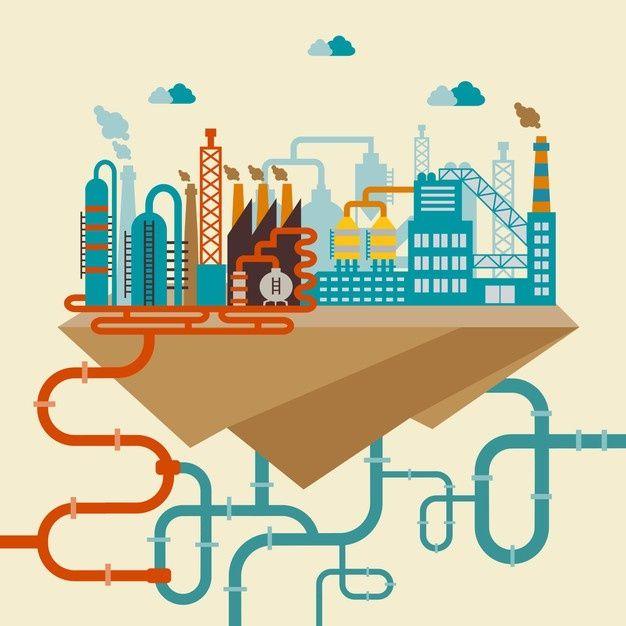Petrochemicals

Key Aspects of the Petrochemical Industry:
- Foundation of Modern Life: Petrochemicals are integral to various sectors, including:
- Consumer Goods: Plastics, synthetic fibers, paints, and detergents.
- Transportation: Fuels, lubricants, and automotive components.
- Healthcare: Pharmaceuticals, medical devices, and medical equipment.
- Energy: Production of petrochemicals contributes to the energy sector.
- Production Process:
- Derived from crude oil and natural gas through processes like steam cracking and catalytic reforming.
- Divided into two main categories: Olefins (e.g., ethylene, propylene) and Aromatics (e.g., benzene, toluene, xylene).
- Economic Significance:
- Drives economic growth by creating jobs and supporting related industries.
- A major contributor to global trade, with significant production hubs in regions like the Middle East, North America, and Asia.
- Challenges and Opportunities:
- Facing challenges related to sustainability, environmental impact, and the transition to a low-carbon future.
- Significant opportunities for innovation in areas like bio-based petrochemicals, circular economy models, and advanced materials development.
The Future of Petrochemicals:
The future of the petrochemical industry lies in:
- Sustainable Development: Developing and implementing more sustainable production processes, reducing environmental impact, and promoting circular economy principles.
- Innovation: Investing in research and development to create innovative products with enhanced performance and reduced environmental impact.
- Technological Advancements: Utilizing advanced technologies like nanotechnology and biotechnology to improve efficiency and develop new materials.
The petrochemical industry will continue to play a vital role in driving economic growth and meeting the evolving needs of society. However, it is crucial to prioritize sustainability and responsible development to ensure a long-term and sustainable future for this critical sector.